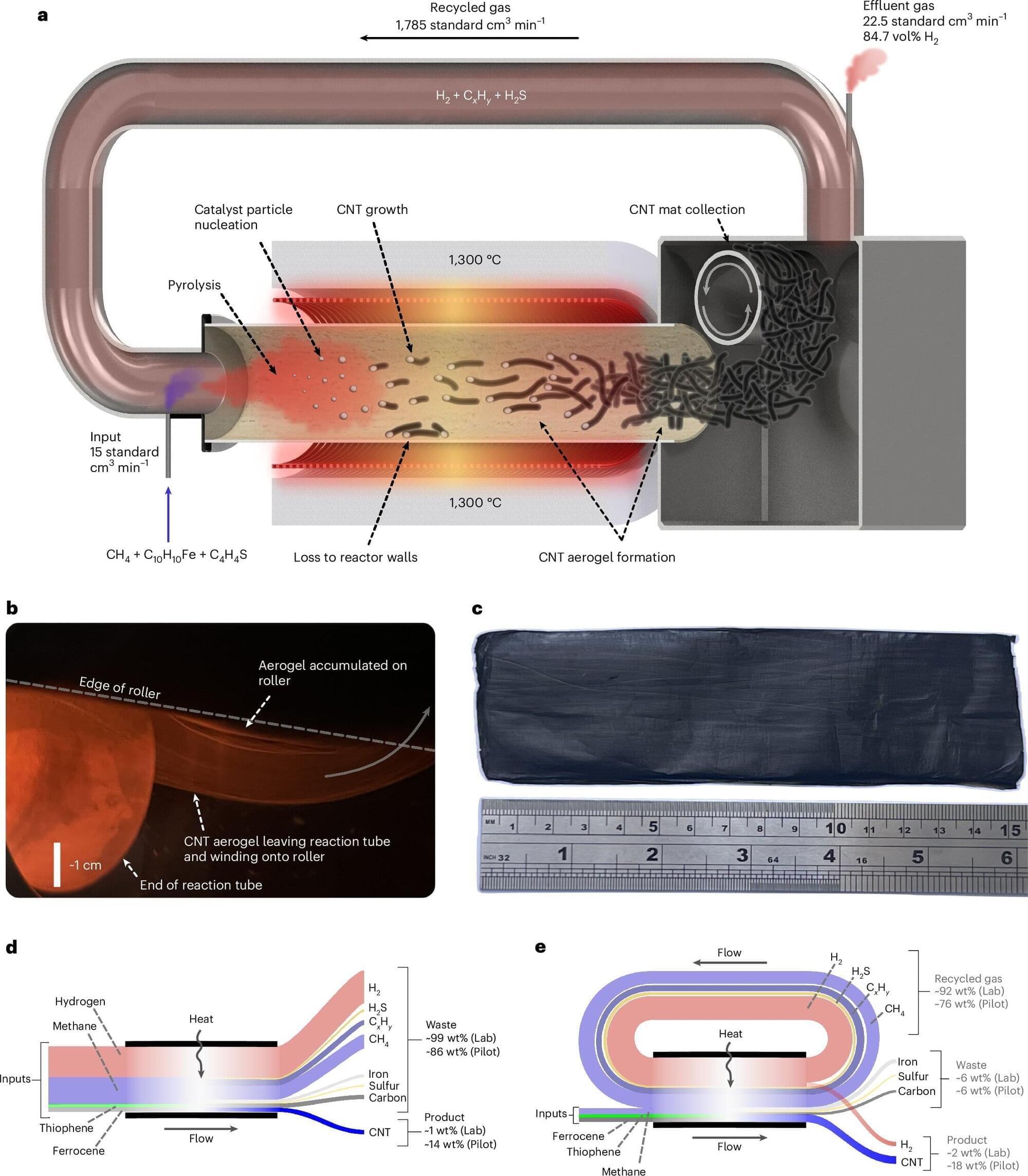EPFL researchers have successfully engineered cells of the immune system to more effectively recognize cancer cells. The work, covered in two papers, turns the previously lab-based method into a full-blown immunotherapy strategy.
Cancer immunotherapy is a strategy that turns the patient’s own immune cells into a “search-and-destroy” force that attacks the tumor’s cells. The “search” immune cells are the dendritic cells, which collect and present identifying parts of the cancer cells (antigens) to the “destroy” part (T cells), the immune system’s killer cells.
The problem is that many tumors “learn” how to evade detection by the patient’s dendritic cells. Clinicians address this by collecting dendritic cells from the patient’s blood, loading them in the laboratory with tumor material—antigens that train dendritic cells to better identify the tumor—and then injecting them back into the patient.








